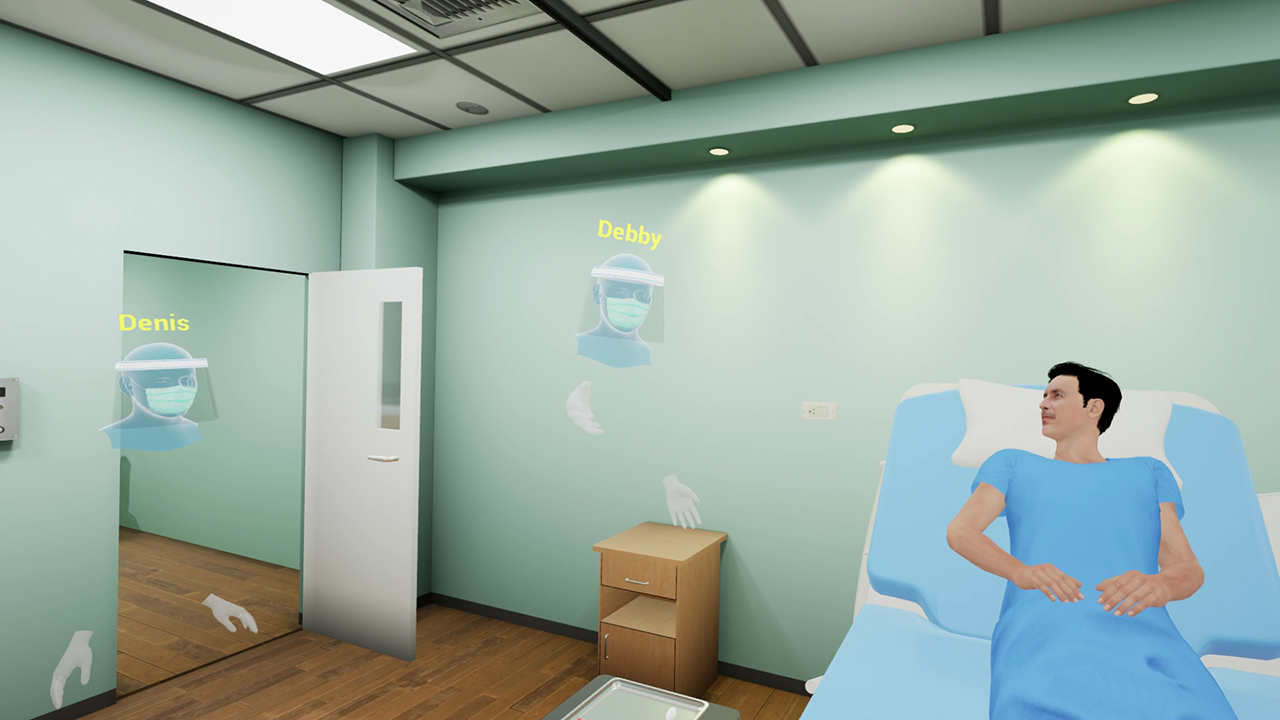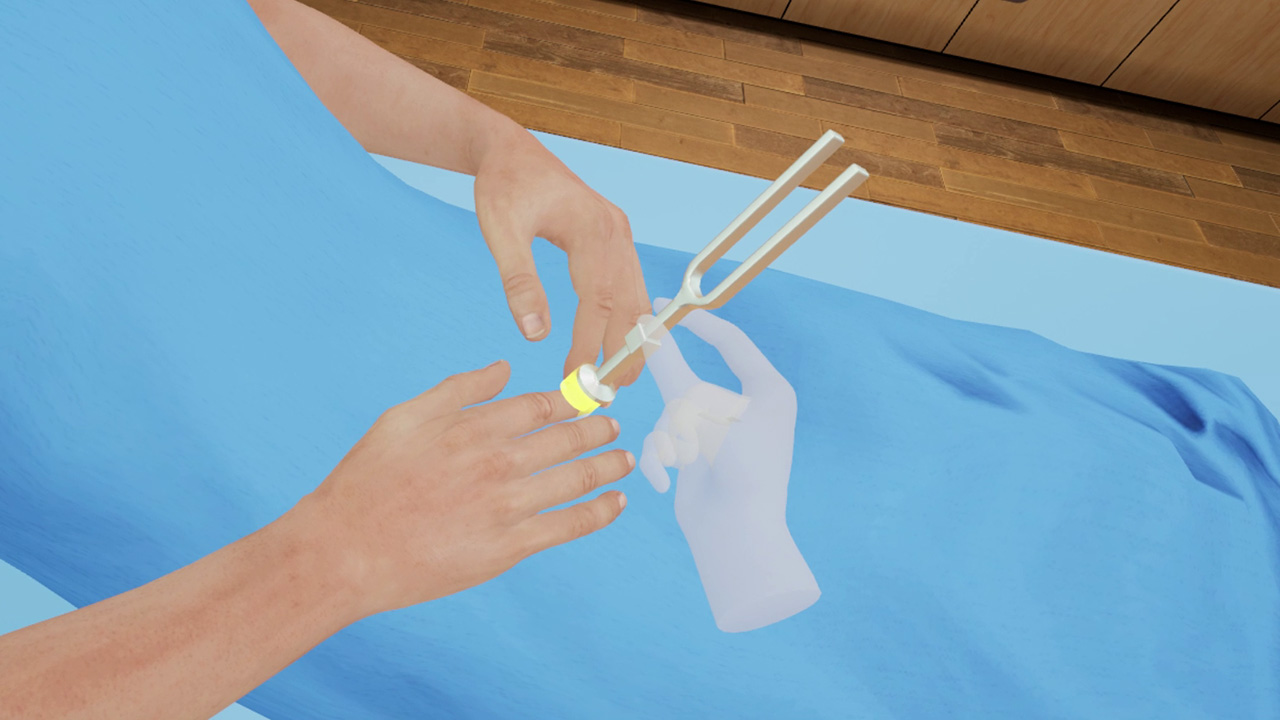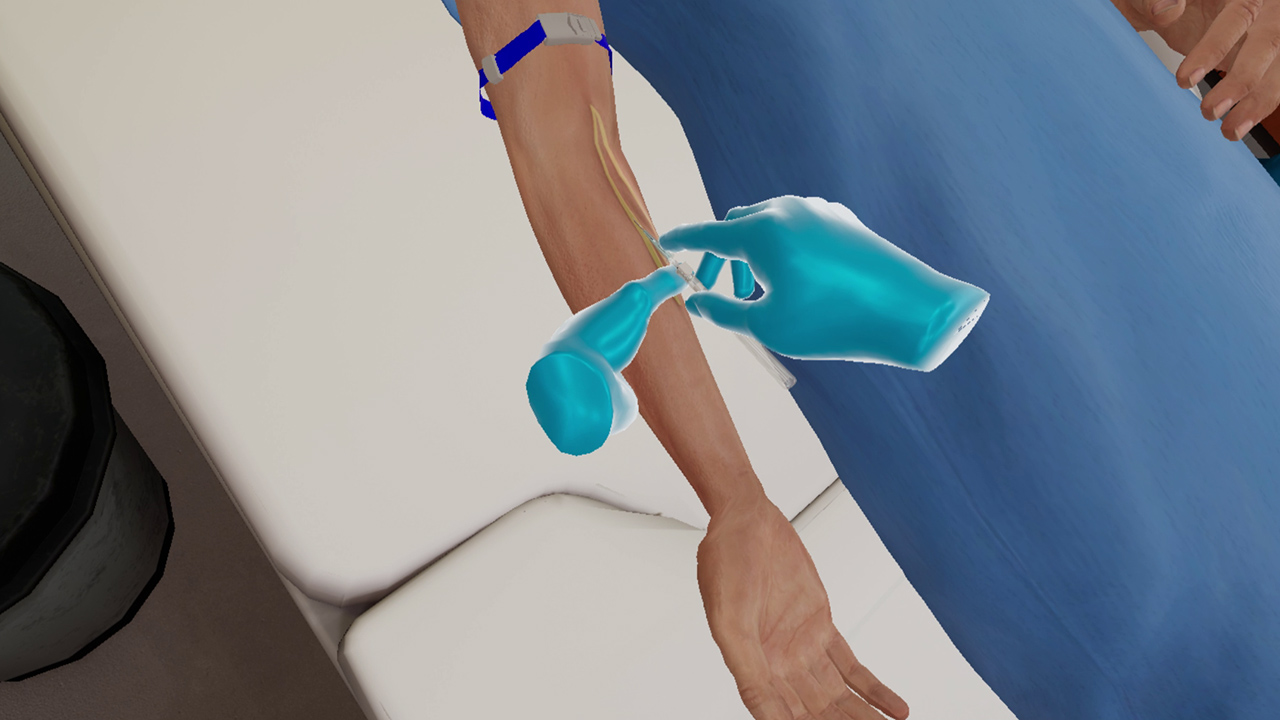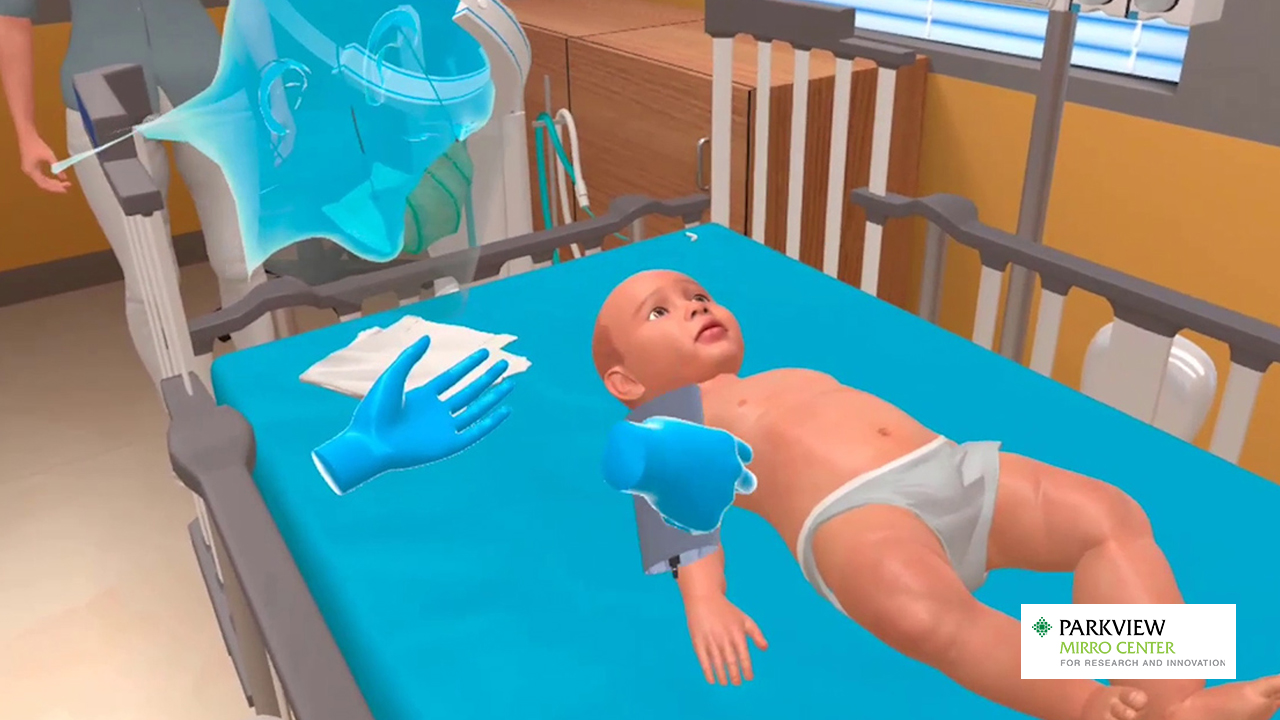
The nursing profession involves a wide range of skills, performing assessments being one of the very important ones. Needless to say, assessments have to be fool-proof because it is based on these assessments that many future lines of treatment are based. It is like laying a solid ground-work before the structure is erected. One small fault can affect future decisions. While there are multiple types of assessments that nurses perform, here we will be diving into the head-to-toe neurological assessment.
Why do a Head-to-toe Neurological Assessment
As the name of the procedure suggests, this involves neurological aspects of the whole body, from head to toe. Why is a nurse required to perform this assessment? Reasons could be very basic to very specific.
– As a routine check-up: When a patient first visits a healthcare facility to be admitted, this serves as a baseline examination to help establish the general condition of the patient. A head-to-toe assessment helps determine the current state of the patient’s health condition.
– To identify specific complaints: Health problems like unexplained dizziness, weakness on one side of the body, difference in both sides of the body, etc. may have their roots in some underlying condition and a head-to-toe neurological examination can help identify the problem early.
– To assist the physician in narrowing down treatment: As a part of a diagnostic process, results of this assessment can be used to help narrow down on the course of treatment to be followed.
Before and During an Assessment
Performing a head-to-toe assessment is not a very complicated procedure. On the contrary it is fairly simple but the skill lies in interpreting the results. A very keen eye and sharp sense of observation is required to read the outcomes and come to a definitive conclusion of the tests. This is significant from the point of view of the treatment that will follow the diagnosis.
A few pointers need to be kept in mind when performing the procedure.
– Establish the identity of the patient by checking the information on the wrist band as well as by asking the patient to identify themselves.
– Establish a rapport with the patient by asking some questions about their current state of health, complaints if any, etc. Also, be ready to answer questions and clarify patient’s doubts about the procedure. Work towards laying to rest any concerns and apprehensions the patient may be having with regard to the assessment techniques.
– Explain the procedure to the patient. This will help the patient be better prepared for what is to follow. In case of minor patients, explain the process to the care-giver or parent.
– Performing a head-to-toe assessment will involve touching the patient. Always seek permission before touching.
– During the assessment keep a very close watch for non-verbal cues. True, a patient will respond to questions, but at times an insignificant sounding moan, grimace, or twitch may hold the key to better understanding the patient’s current state.
– Follow up on these little cues to formulate the next course of action. Make a note of it in the report for the practitioner’s reference.
Perfection in performing this assessment does not come in a day or two. In fact, quite a number of sessions are required for any nurse to be absolutely ready to lead these procedures with confidence. New hires accompany experienced nurses to observe, learn, and perform under guidance. Along the way they gain the much-required experience and gain self-confidence to perform individually with efficiency.

Training with MedVR Education
MedVR Education’s head-to-toe assessment lesson focuses on the neurological aspect. The four significant lessons being covered in this training program include:
Consciousness and Motor Function: This lesson includes activities like preparing for the procedure, confirming the identity of the patient and performing an assessment based on the Glasgow Coma Scale (GCS).
Sensory Function: As a part of this lesson, learners engage in practice sessions to evaluate sensory functions by pricking defined parts of the body using a sharp or dull needle and touching with cotton swabs.
Proprioception: Sense of vibration and proprioception (perception of the position of the body) are tested in this lesson. Virtual tuning forks and paper clips are provided to complete the task.
Sensation Test: In this lesson learners use points of a virtual paper clip to touch different parts of a virtual patient’s body to perform the sensation test on the patient.
Apart from all the regular features of MedVR Education lessons, this lesson offers a multi-user feature coupled with voice-chat facility where learners from various locations (across countries) get to be part of the same learning session. They can observe a session in progress and share knowledge and experiences in real-time.
All lessons contain detailed and guided training sessions which will enable learners to perform the tasks skilfully and confidently.
Contact us to know more about VR in healthcare training, or visit our MedVR Education webpage to explore the various programs we offer.


